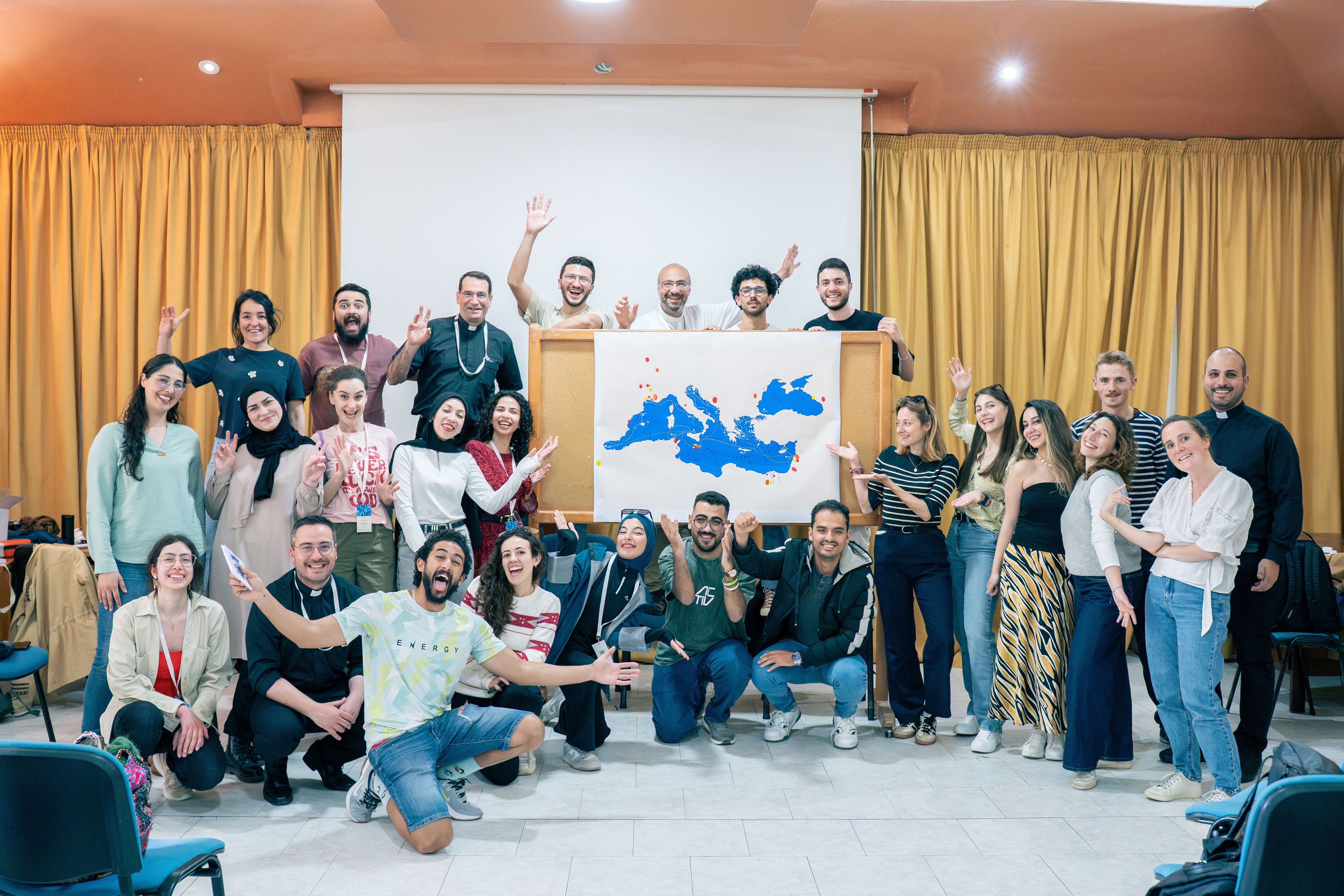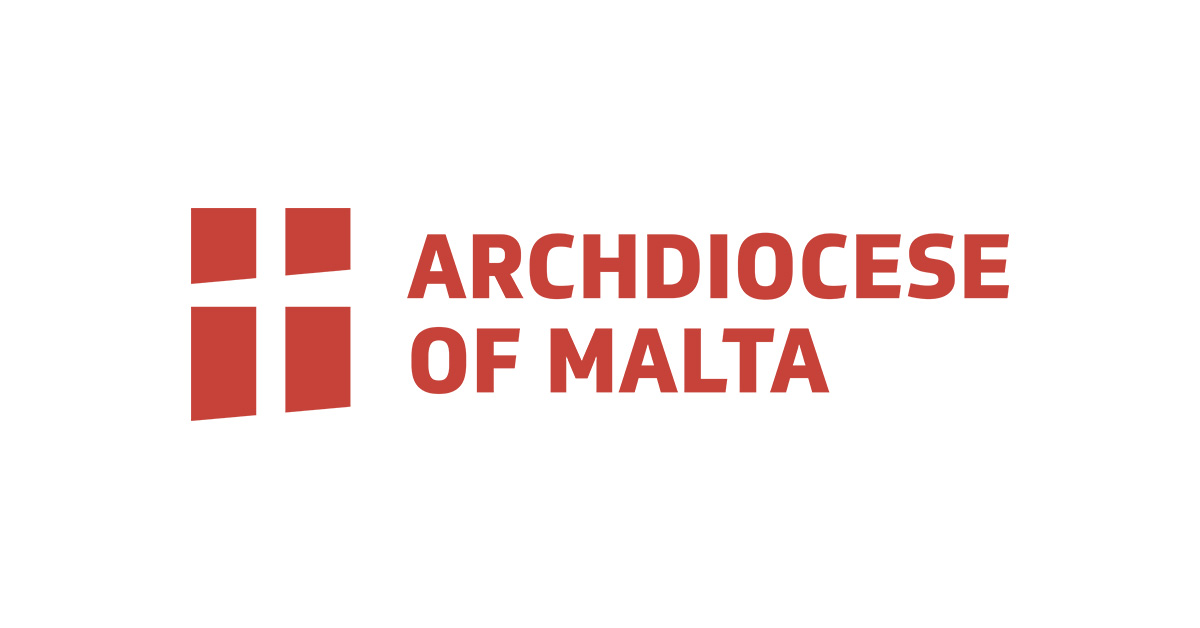
Young participants from various Mediterranean countries arrived in Malta on Saturday to begin their three-day journey as part of the MED25 – Bel Espoir Project to delve into different Mediterranean identities, one of them is Malta, while engaging with local communities across the island. This initiative is inspired by Pope Francis’s call for the Mediterranean to become a space of encounter and peace.
The experience began with a warm welcome at the Marsascala parish, where Fr Alexis Leproux of the Archdiocese of Marseille, who is coordinating the project across the Mediterranean, greeted the group.
The gathering took on a deeply reflective tone as the youths came together to watch the funeral of His Holiness Pope Francis. This moment was especially significant, as the MED25 initiative is itself a response to the late Pope’s vision of the Mediterranean as a crossroads of cultures, a space of encounter, dialogue and peace.
Following the solemn celebration, parish volunteers hosted lunch, offering the young visitors a first-hand glimpse of Maltese hospitality and the community’s openness to foreigners.

In the afternoon, the group visited the iconic Ħaġar Qim and Mnajdra Temples, immersing themselves in Malta’s rich historical and cultural heritage. But the visit was about more than just history. It also highlighted how these sacred sites reflect shared religious characteristics of the Mediterranean region, often referred to as the Religious Grammar of the Mediterranean.

Fr Jean Claude Attard, who is specialising in this area, explained that a key element of this ‘grammar’ is the cave, a recurring symbol across the region—from Plato’s allegory of the cave to the cave of Bethlehem, and from the Subiaco hermitage to the Madonna of the Cave in Mellieħa. Caves often symbolise transformation, like a womb where individuals enter, undergo change and emerge renewed. Even Ħaġar Qim, with its form resembling the female body, reinforces the connection between sacred space, religious experience, and human renewal. While such patterns are not exclusive to the Mediterranean, they provide valuable insight into its unique religious identity.

To further explore this symbolic element of the cave and the woman, the youths visited the cave at the National Shrine of Our Lady of Mellieħa. This visit deepened their understanding of how Marian devotion continues to express these ancient religious patterns in contemporary faith practice.
The day ended with a session focused on migration through a human rights-centred lens, coordinated by the Church’s Migrants’ Commission at Mellieħa Parish. The session explored the causes and impacts of migration, the phases of cultural shock, and the resilience of migrant women, while also offering participants a deeper understanding of the Church’s work with vulnerable communities. Rooted in the values of dignity and inclusion, the Church’s Migrants Commission provides holistic support to migrants in Malta, advocating for their rights and fostering meaningful integration.

The three-day event is being organised by MED 25 in Malta in collaboration with Heritage Malta and Valletta Cruise Port.
















